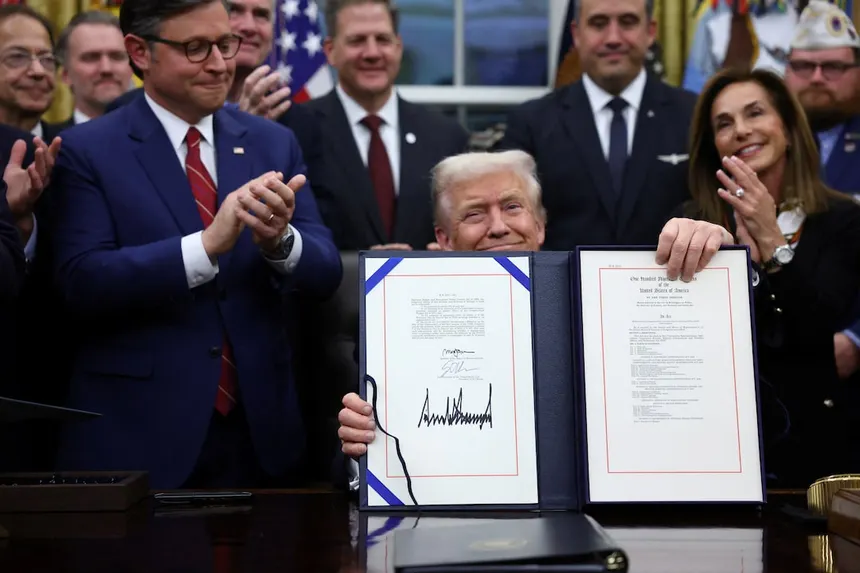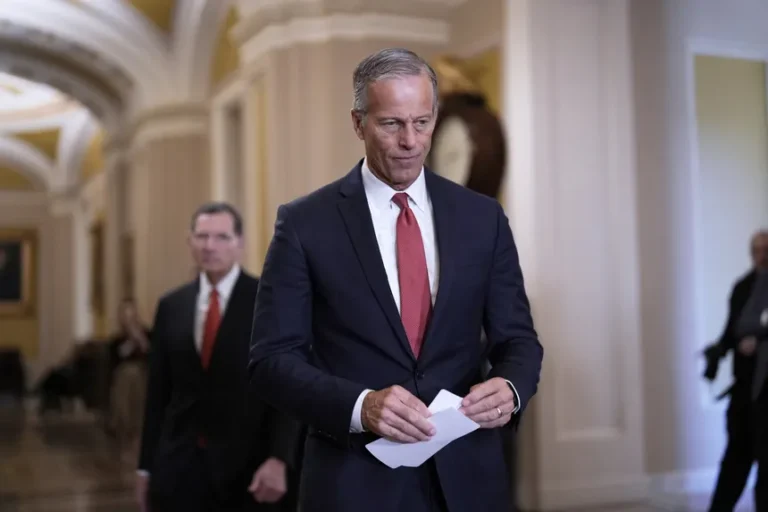
Government Resumes Operations After Prolonged Shutdown
The United States government resumed full operations Thursday after a record-setting 43-day shutdown that disrupted public services, delayed billions in federal spending, and left over one million federal employees without paychecks.
The temporary funding deal allows agencies to reopen and workers to return, but the underlying political disputes that triggered the shutdown remain unresolved.
Key Impacts of the Shutdown
- Length: At 43 days, this was the longest federal shutdown in U.S. history.
- Economic Toll: The Congressional Budget Office (CBO) estimates the shutdown delayed $50 billion in spending and cut into U.S. GDP by 1.5 percentage points. About $14 billion in economic activity is expected to be permanently lost.
- Federal Workforce: Around 1.4 million federal employees missed pay. Back pay is expected to be completed by Wednesday. Agencies have been instructed to reverse recent dismissals tied to the shutdown.
- Air Travel Disruptions: Air traffic controller shortages led to widespread delays and cancellations. Bonus payments of $10,000 will be issued to airport screeners who covered extra shifts.
- SNAP Program: Federal food assistance (SNAP) serving 42 million Americans will resume, with states receiving funding within 24 hours.
- Cultural Institutions: Some Smithsonian museums and the National Zoo will begin reopening to the public by Monday.
Budget Deal Details and Unresolved Issues
The funding agreement keeps the government running only until January 30, increasing the likelihood of another shutdown in early 2026 if no long-term solution is reached.
The deal does not include provisions to rein in presidential spending powers or resolve disputes over expiring health insurance subsidies that sparked the impasse. Those subsidies currently assist 24 million Americans, largely in Republican-led states.
Public Reaction and Political Fallout
Polls show Americans divided in assigning blame for the shutdown:
- 50% blame Republicans
- 47% blame Democrats
The shutdown also revealed divisions within the Democratic Party between moderates and progressives, while Senate Democratic leadership faced criticism over strategy.
On the Republican side, some lawmakers denounced the use of shutdowns as policy leverage. Despite criticism from both parties, no structural reforms to prevent future shutdowns were included in the deal.
Data Blackouts and Small Business Delays
With many federal offices closed, the government was unable to publish key economic reports. White House advisers noted that labor data for October may never be fully released, affecting financial markets and monetary policy decisions.
Meanwhile, the Small Business Administration reported a $5.3 billion delay in loans to approximately 10,000 small businesses during the shutdown period.
What Comes Next
- The budget deal halts plans for a broad federal workforce reduction, although cuts may resume after January.
- Future negotiations will likely focus on health care subsidies, spending authority, and debt concerns.
- With the national debt nearing $38 trillion and projected to grow by $1.8 trillion annually, broader fiscal debates remain postponed.
Related Coverage
- Idaho News – https://idahonews.co/idaho-news-3/
- National News – https://idahonews.co/national-news/






